
Article Outline:
- Introduction
- What is Amazon Automation?
- The Different Types of Amazon Automation Services
- Account Management
- Listing Management
- Item Selection
- Customer Service and Returns
The Benefits and Drawbacks of Each Type of Amazon Automation Service
- Wholesale FBA
- Higher Margins
- Buy-in Requirements
- Inventory Management Challenges
- Private Label FBA
- Time and Effort Required to Rank the Product
- Costly Giveaways and PPC Advertising
- Lack of Control Over Branding
- Retail Dropshipping
- Faster Sales
- Lower Margins
- Risk of Supplier Issues and Account Suspensions
- The Best Amazon ChatGPT Tool -- Shulex
Conclusion
Amazon Automation: A Comprehensive Guide
Introduction
In today's fast-paced world, automation has become an essential aspect of various industries, including e-commerce. One platform that has seen a significant rise in automation is Amazon. In this article, we will delve into the world of Amazon automation, discussing what it is, the different types of services available, and the benefits and drawbacks of each. Whether you are an aspiring e-commerce entrepreneur or simply curious about the subject, this guide will provide you with valuable insights into the world of Amazon automation.
1. What is Amazon Automation?
Amazon automation, in simple terms, refers to the management of an Amazon seller account by an automation provider. These providers offer various services, such as account management, listing management, item selection, customer service, and returns. The goal of Amazon automation is to streamline and optimize the selling process, allowing sellers to focus on other aspects of their business.
2. The Different Types of Amazon Automation Services
There are three main types of Amazon automation services: wholesale FBA, private label FBA, and retail dropshipping. Each type offers unique benefits and drawbacks, catering to different business models and goals.
2.1 Wholesale FBA
Wholesale FBA involves selling products from established brands at a wholesale price. The automation provider handles tasks such as listing management, item selection, and customer service. Some key points to consider about wholesale FBA include:
- Higher Margins: Wholesale FBA often offers higher profit margins due to buying products in bulk at a discounted price from wholesalers.
- Buy-in Requirements: Some wholesalers may require sellers to make a significant initial investment to establish a contract, which can be a barrier for those with limited capital.
- Inventory Management Challenges: While wholesale FBA allows for greater control over inventory, there is a risk of slow-selling products or price drops, which can result in inventory management challenges and potential losses.
2.2 Private Label FBA
Private label FBA involves creating and selling products under your own brand on Amazon. The automation provider helps with tasks such as listing creation, product ranking, and PPC advertising. Consider the following aspects of private label FBA:
- Time and Effort: Private label products require time and effort to rank on Amazon's search results. Giveaways and PPC advertising are often necessary to gain visibility and sales.
- Costly Giveaways and PPC Advertising: To boost product visibility, private label FBA often involves giveaways and PPC advertising, which can be costly and eat into profits.
- Lack of Control Over Branding: While private label FBA allows for brand creation, the automation provider may have more control over the branding process, potentially limiting your creative input.
2.3 Retail Dropshipping
Retail dropshipping involves selling products directly from suppliers to customers, without holding physical inventory. Some key points about retail dropshipping include:
- Faster Sales: Retail dropshipping allows for faster sales as there is a larger number of listings, increasing the chances of obtaining the buy box.
- Lower Margins: Retail dropshipping typically offers lower profit margins due to increased competition and the need to price competitively.
- Risk of Supplier Issues and Account Suspensions: As retail dropshipping relies on suppliers to fulfill orders, any issues with suppliers, such as stock shortages or delayed shipping, can impact account metrics and lead to suspensions.
3. The Benefits and Drawbacks of Each Type of Amazon Automation Service
Each type of Amazon automation service offers its own set of benefits and drawbacks. Here is a summary of the key points to consider:
- Wholesale FBA: Higher margins, buy-in requirements, and inventory management challenges.
- Private Label FBA: Potential for higher profitability, but requires time, effort, and costly giveaways and PPC advertising. Limited control over branding.
- Retail Dropshipping: Faster sales, lower margins, and the risk of supplier issues and account suspensions.
4. What's More - For E-commerce business, consumer insights are also very important
VOICE OF CUSTOMER lets consumers tell you what they need, what they expect, and why they buy. Multi-channel integration + AI intelligent insights + scientific business models, from data to action in a single step, using the voice of consumers to guide business decisions. consumer voice to guide business decisions. VOC can help you solve the following problems to improve product quality and drive brand growth.
- A variety of feedback channels: Various feedback channels such as Amazon/ebay, social media, email/chat, etc.
- Insufficient number of manual spot checks, resulting in wrong conclusions: Wrong insights, resulting in serious wrong business decisions
- Time lag of insights conclusion: Organizational manpower spends a lot of time reviewing partial feedback, not able to identify problems in time
- Inability to identify new opportunities in a timely manner: New opportunities are a few voices hidden in a large amount of feedback, which is difficult to find manually
- Inability to develop quantifiable action points: Problems can't be optimized if they can't be measured
- Which aspect of the competitor's product do consumers like and why? Everyone knows this product sells well, but few people know why?
- In which aspect does the competitor surpass my brand and why? In which aspect of installation/use scenario/quality/packaging/logistics, the reputation is better than mine
- Which attribute of the competitor has the best reputation and why? Which factor impresses consumers the most, capacity, color, material?
- What are the reasons for my consumer churn? What consumers dislike most about the products/services I provide
5. The Best Amazon ChatGPT Tool -- Shulex
Shulex is a global business data insights company and an AI-powered applications company. We capture multimodal consumer voices from across the web and leverage GPT AI's powerful analytics to provide our global clients with intelligent, scientific, and efficient consumer insights. We also provide a free Amazon ChatGPT browser extension, a custom VOC consumer insights platform, an Amazon category analysis report, and a one-stop e-commerce customer experience workbench. From AI data analysis to AI business application, we provide a full range of services to effectively help global sellers achieve business strategic planning, product planning and solutions, e-commerce operation optimization, and customer experience improvement.
If you want to experience the power of AI,try our free tools at Shulex ChatGPT for Amazon
6. How to Shulex ChatGPT for Amazon?
Step 1: Install ChatGPT Tool for Amazon
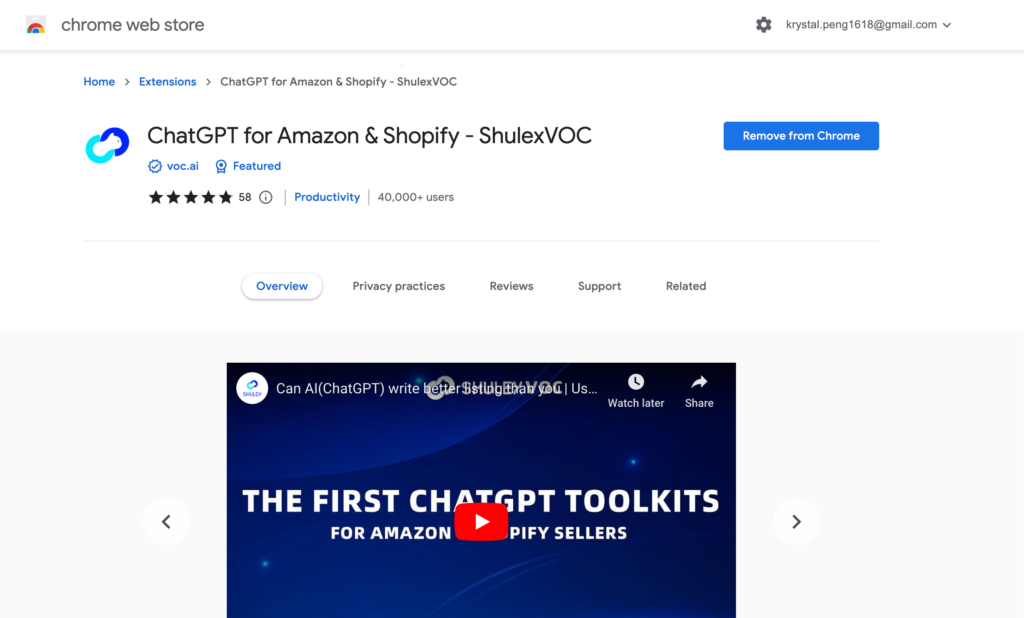
Step 2: Open Amazon and Use ChatGPT Tool for Amazon
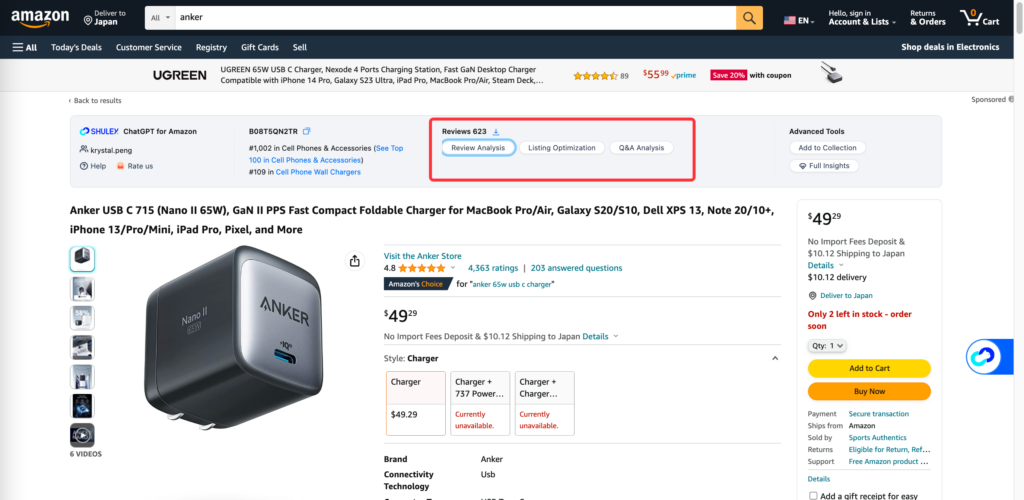
Step 3: Product and Consumer Research
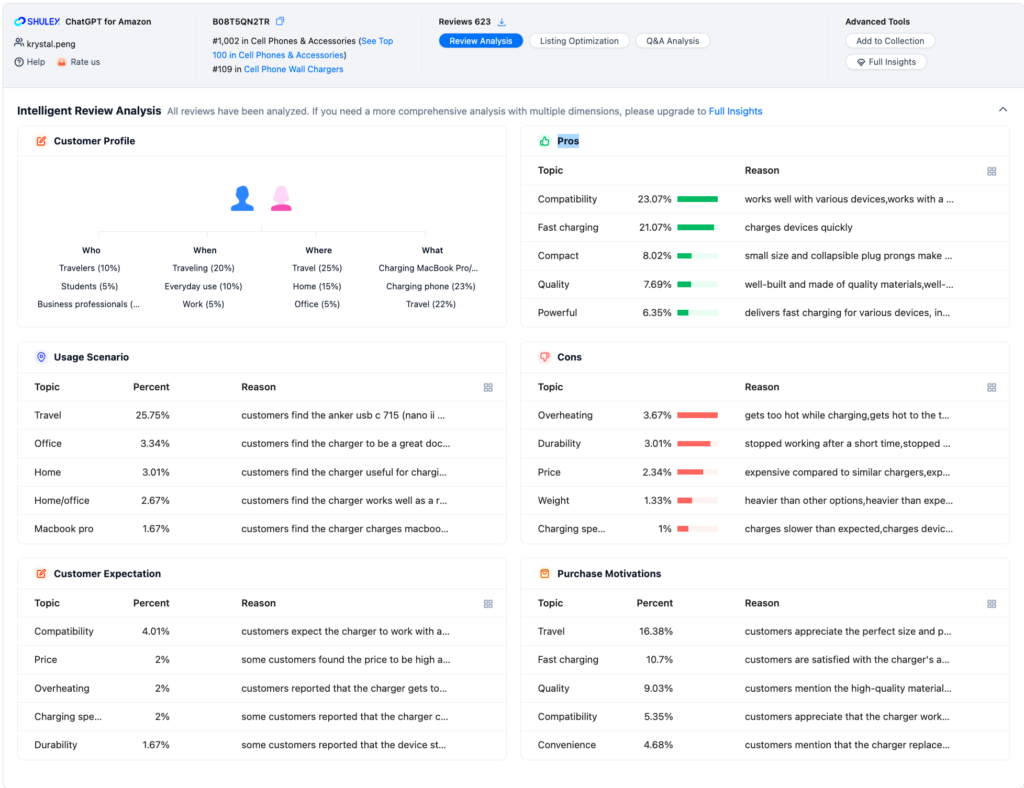
Step 4: Amazon listing Optimization
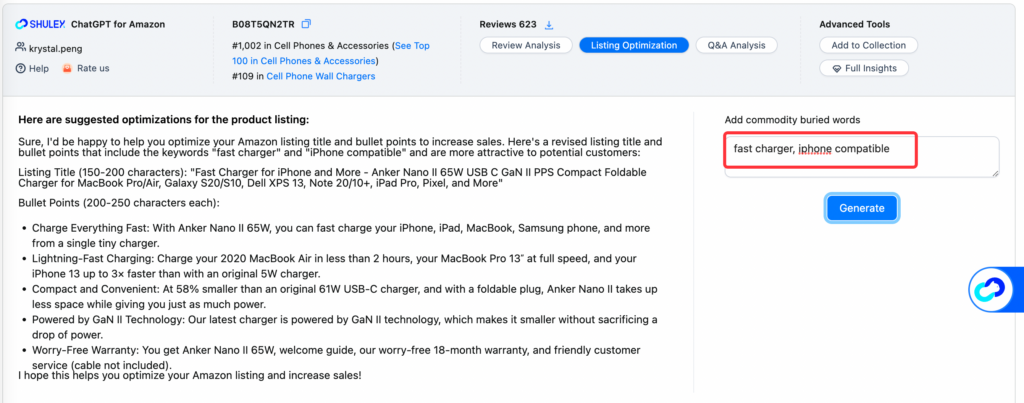
Step 5: Enjoy full version of ChatGPT Tool for Amazon
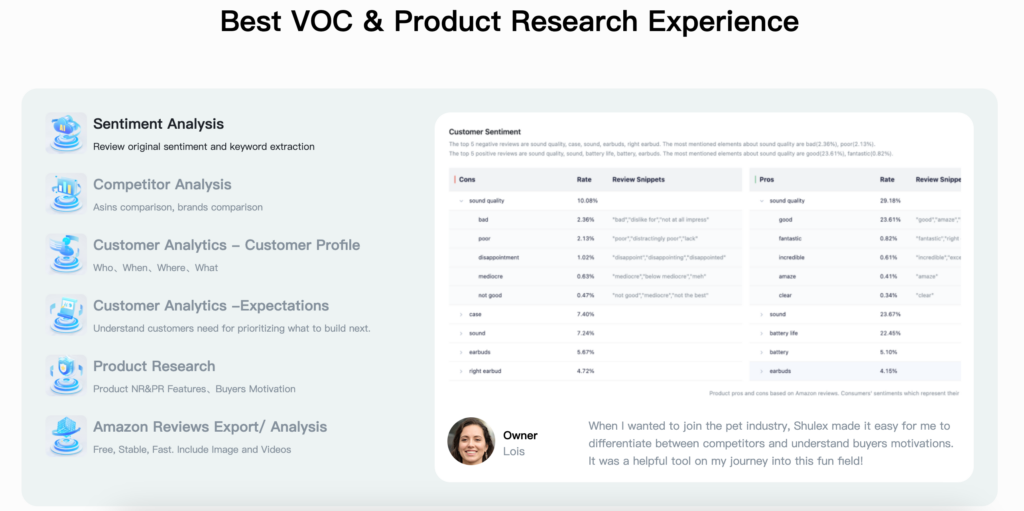
Free Try: Shulex ChatGPT tool for Amazon
Conclusion
In conclusion, Amazon automation has become an integral part of the e-commerce landscape. Understanding the different types of Amazon automation services and their respective benefits and drawbacks is crucial for sellers looking to optimize their business operations. Whether you choose wholesale FBA, private label FBA, or retail dropshipping, it is essential to weigh the pros and cons and select the option that aligns with your business goals and resources. By leveraging the power of automation, sellers can streamline their operations, maximize profits, and stay competitive in the ever-evolving world of e-commerce.



